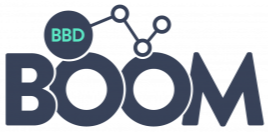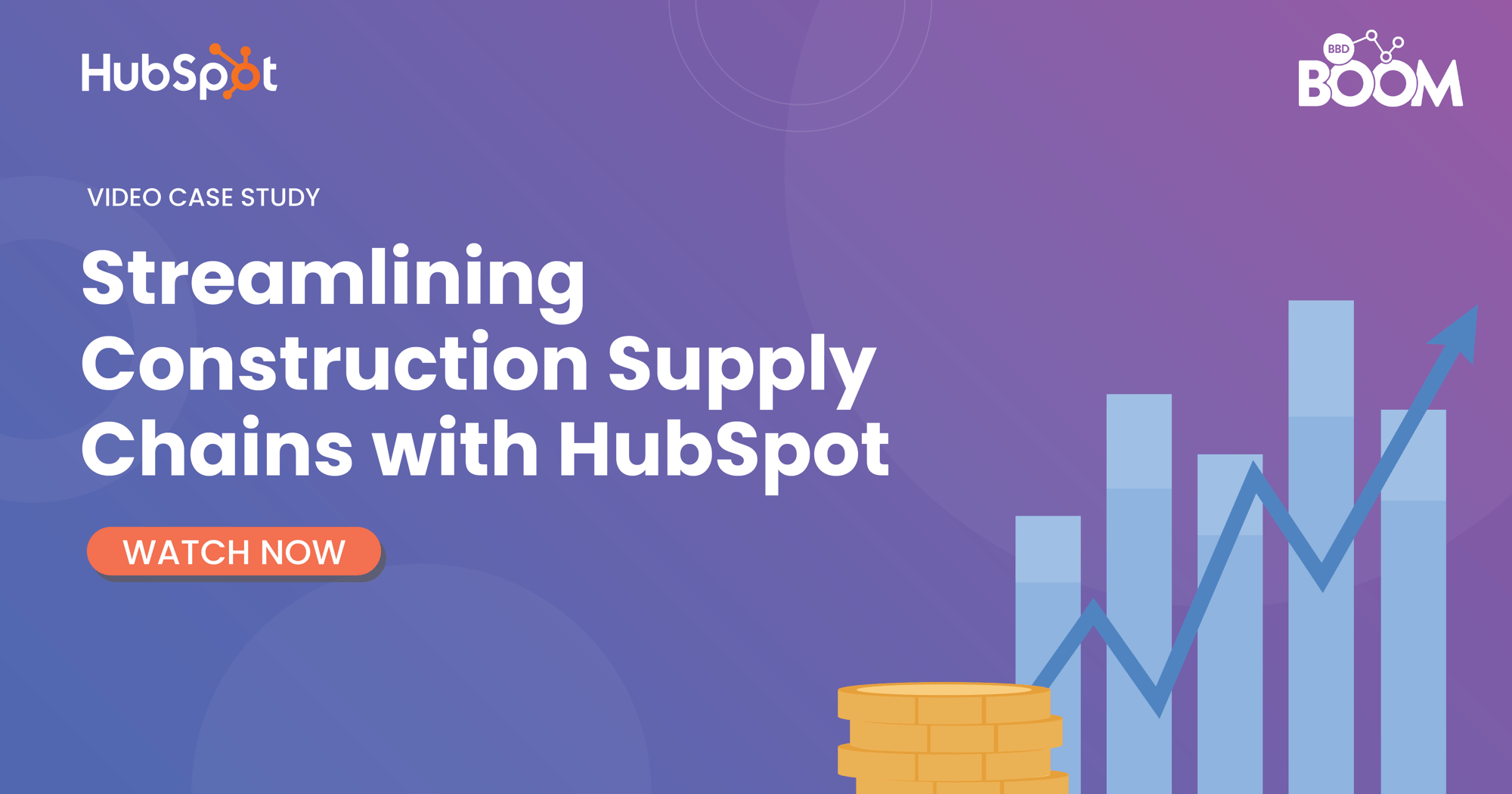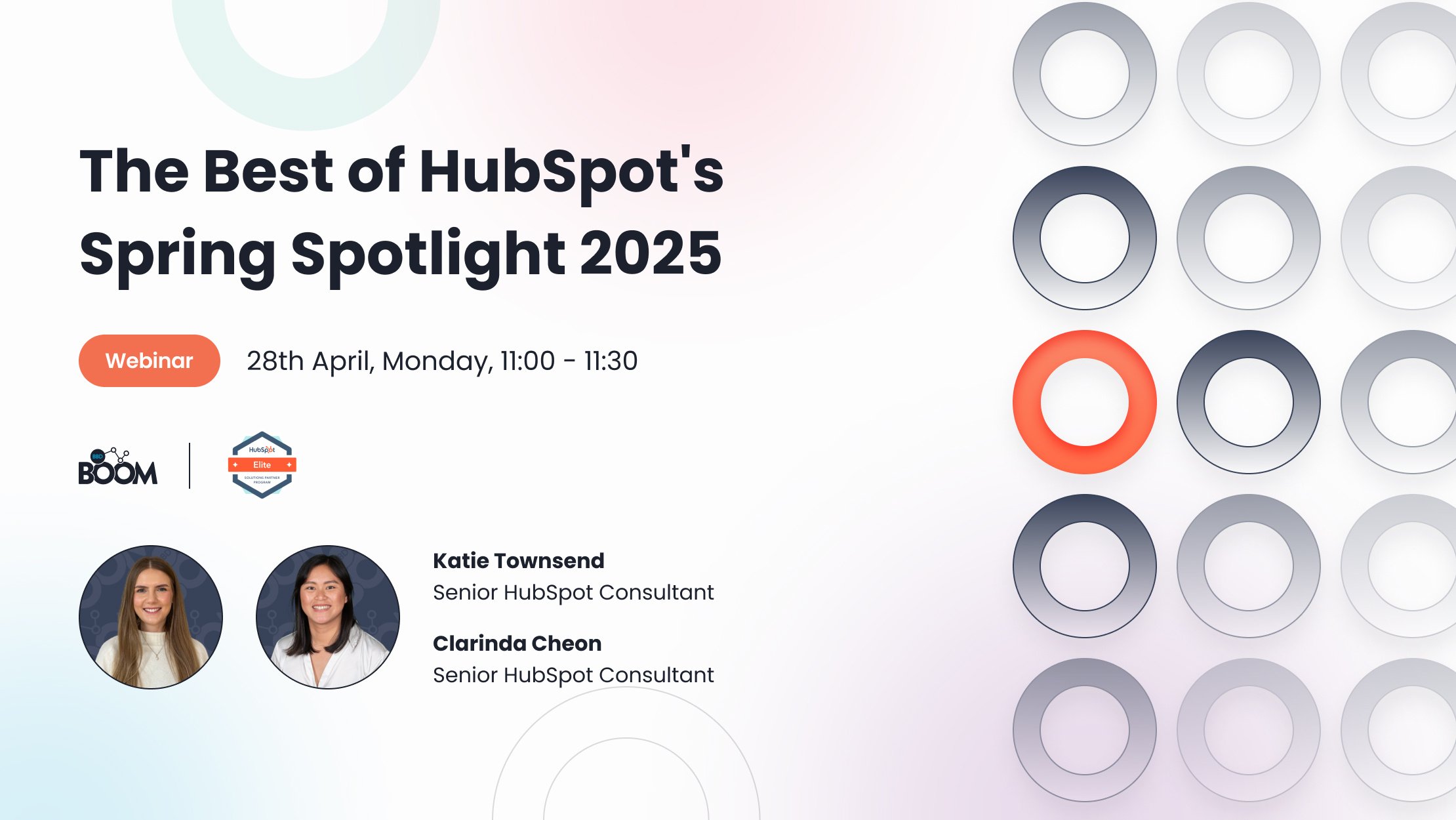Marketing automation software is designed to help capture leads, develop relationships, and move prospects through your sales funnel. It is a system for harnessing customer data from multiple sources and using it to develop marketing strategies across multiple mediums. Marketing automation lets you scale your efforts to build and nurture meaningful relationships with prospects and provide them with a consistent experience, despite differing interests or needs.
There are a plethora of platforms out there, all offering various features and interfaces designed to help you market better to your prospects. So how do you decide what is best for your needs? Here are 10 things to consider on your search.
- 1. Your goals
Each marketing automation platform will offer different features, so make sure you're choosing a platform that has the capabilities you need. Clearly defining your marketing goals will better prepare you for deciding what automation platform to go with. Furthermore, making a list of features you need prior to doing research can help you stay focused on choosing the right platform. Also consider the customisation of the platform. Your business and client base is always changing, so you need a platform that allows for easy customisation of various aspects you use on a daily basis.
- 2. Price
Pricing structures can differ from platform to platform, but most will have a certain price per number of contacts. Consider some questions: What is the base price of the platform and how many contacts can you have? How quickly could your contact database scale? What features or benefits impact the pricing? Would it be within your budget to purchase additional features or choose a more expensive solution? These types of costs should be factored into your initial budget.
As a rule of thumb, the simpler and more transparent a company is about their pricing structure, the better. Speaking with a sales rep can also be an easier way to figure out exactly what the price will be based on the size of your database, the features you need, and the goals you've set for your company.
- 3. User interface
Consider how simple or overwhelming the platform's user interface is designed. To determine whether the platform's user interface will be easy for you to learn, ask for a demo. Is there clear navigation? Is there contextual information? Did you have to jump through multiple hoops to complete a simple task? Finding answers to these questions will allow you and your team to adopt the new platform quickly and painlessly.
- 4. Setup and Onboarding
Once you've purchased your new marketing automation platform, you’re going to need some assistance getting up and running. When considering a platform's set-up and onboarding process, look into whether there are associated fees, and how much they will be. Also consider whether you can manage with a guided onboarding, or if you need a partner to conduct a done-for-you onboarding. Migrating from one system to another? You may need extra support to ensure everything is transferred correctly.
- 5. Personalisation
Increasingly, the lead generation and marketing battle is going to be won on the grounds of creating context. Personalisation can increase engagement with your website and email campaigns. To what level can you personalise the experience to the uniqueness of your visitor? Consider the amount that you can personalise content in your emails, web pages, and landing pages.
- 6. Native integrations
Consider your existing technologies and the ones you want to integrate with your new platform. Does the system natively integrate with your existing technologies to enable adequate transfer of data? Another consideration is whether the system has an open API? This can be essential if you plan to have a developer create custom assets.
- 7. Alignment
A great marketing automation platform aligns to the entire funnel and easily integrates with sales. Ensure the platform allows for transparency between marketing and sales, with consistent and clear definitions of your pipeline and funnel stages. Too many marketing platforms forget that the entire reason you’re executing a program is to enable and drive sales.
- 8. Customer service
When adopting a new system, you'll want to receive the best help possible. When purchasing a new marketing automation platform, some kind of technical support is usually provided. What kind of customer support is available and how immediate is it? The most common is provided through phone support, email, or live chat. Being able to connect with an actual human can help you resolve unique issues quickly. If customer support is not available, are there other resources you can utilise? Think resources such as community forums or online documentation.
- 9. Learning resources
When purchasing a new marketing automation tool, having online resources available can help you get the most out of your new system. Some platforms have guides, how-to videos, or even webinars that can help you learn how to use the tool. Consider resource availability and the content it offers. Also consider if these resources are up to date and relevant to the time you’re purchasing the platform.
- 10. Reporting and analytics
One of the most important aspects of marketing today is the ability to track, measure and report your progress. How well does the platform you’re looking at provide insights into what’s working and what’s not? Does it truly close the loop on assessing performance of your long and short term goals? Consider what reports you will get as standard and ensure that you are able to easily retrieve or create custom reports that you may need down the line.
Of course, being a HubSpot Diamond Solutions Partner, we think that HubSpot is an amazing platform serving all these needs. Whatever marketing automation platform you choose, make sure you focus on the features and tools that will ultimately help you market better.
If you’d like to speak to our Growth Consultant for a demo, click here.

.png)



.jpeg?width=50&name=0%20(1).jpeg)

.jpeg?width=90&name=0%20(1).jpeg)


